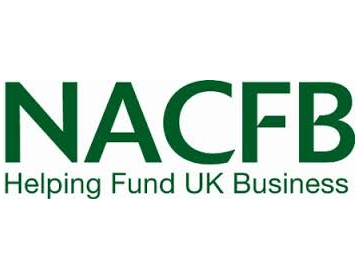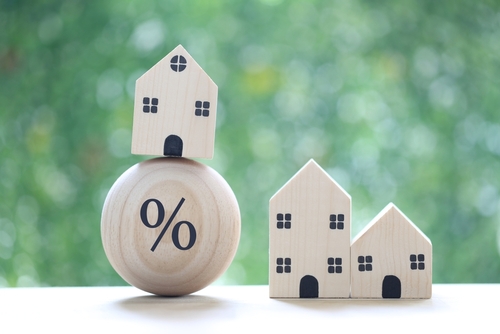
A monitor of the bridging sector suggests business is growing - mostly because of delays in the mainstream property conveyancing sector, triggering the need for additional funds to prevent chains breaking.
That’s the story from Bridging Trends, a compilation of data from specialist finance packagers AFIG, Brightstar Financial, Capital B, Clever Lending, Clifton Private Finance, Complete FS, Enness, Impact Specialist Finance, LDNfinance, Optimum Commercial, Sirius Finance and UK Property Finance.
These Bridging Trends contributors reported £201.8m in bridging loans in Q2 2024, a 2.9% increase on Q1’s £196.2 million. This is the highest Q2 figure since Bridging Trends records began in 2015.
The majority of bridging loans in Q2 (23%) were used to prevent a chain break – rising from 19% in Q1 – but demand for auction finance saw the biggest rise, jumping from 9% in Q1 to 14% in Q2. This is likely due to an increased number of buyers taking advantage of undervalue sales as the property market remained relatively flat.
The rise in bridging loans to prevent a chain break or fund an auction purchase may have contributed to the average processing time falling from 58 days in Q1 to 52 in Q2.
Purchasing an investment asset was the second most popular use of a bridging loan but fell from 21% in Q1 to 18% in Q2 against a backdrop of uncertainty caused by sustained high interest rates combined with an early general election. Regardless of this, the number of unregulated bridging loans rose from 49% in Q1 to 54.2% in Q2 as landlords and investors adapted to the new normal.
Data provided by Knowledge Bank showed that despite the decrease in regulated bridging, it remained the top criteria search made by UK bridging finance brokers in Q2 and highlights how powerful a tool it can be for borrowers.
After a strong quarter in Q1, the proportion of second charge bridging loans plummeted from 21.3% to 11.6% in Q2 as borrowers prioritised purchasing a property instead of releasing equity. This fall in second charges could be why the average monthly interest rate fell marginally from 0.89% in Q1 to 0.86% in Q2.
The average loan-to-value also dropped fractionally, from 60% in Q1 to 59.3% in Q2. Elsewhere, the average term remained at 12 months for the 11th consecutive quarter.




















Join the conversation
Be the first to comment (please use the comment box below)
Please login to comment